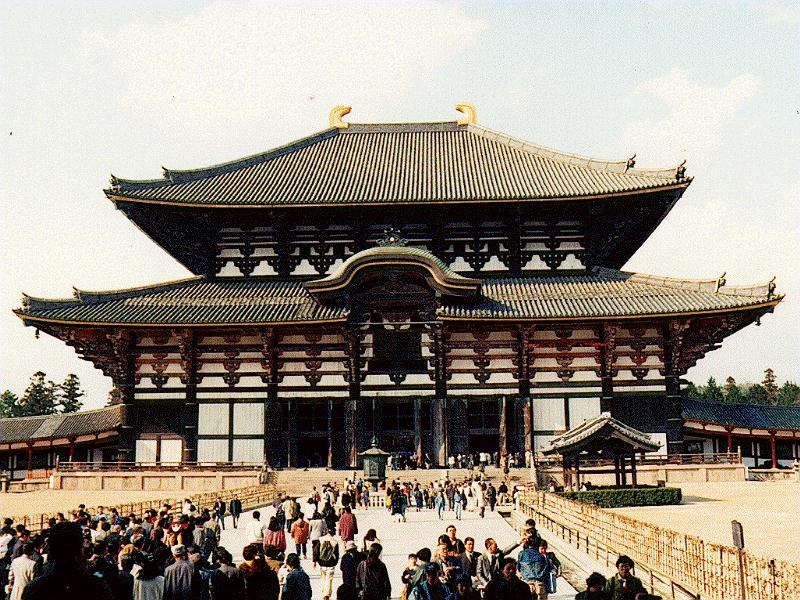English-language education in Japan
English-language education in Japan began as early as 1600 with the initial contacts between the Japanese and Europeans. The for-profit market has experienced a crisis of confidence in recent years following the bankruptcies of the major Nova.[citation needed] Almost all students graduating high school in Japan have had several years of English language education; however, most still do not have any command of spoken English.[citation needed]
History Edit
See also: Dejima
The earliest record of the initial contact between the Japanese and a native English speaker took place around 1600 when it is believed that Tokugawa Ieyasu, founder of the Tokugawa Feudal Government, met with Englishman William Adams. Although it is reported that the only interpreter between the two men was only well-versed in the Portuguese language, it did not stop Tokugawa Ieyasu from having a very positive relation with William Adams who remained in Japan for the remainder of his life.
However, after the death of Tokugawa Ieyasu in 1616, a change in the foreign policy of the Bakufu ordered the closing of the English merchants' office in 1623, which consequently prompted the English to leave Japan. The English were refused permission to return in 1673. In 1808, the British ship Phaeton seized goods in Nagasaki and by 1825 the Bakufu ordered the feudal lords to repel all foreign ships, except the Dutch and Chinese.
The first translation of any English grammar book into Japanese was accomplished by Shibukawa Rokuzo, a high-ranking official of the Bakufu who had studied Dutch, in 1841 when he translated Murray's English Grammar from Dutch into Japanese. Then in 1848, American Ranald MacDonald came to Japan, after pretending to be shipwrecked, and taught English to fourteen official Japanese interpreters of Dutch in Nagasaki under Bakufu orders. It would be one of MacDonald's students named Moriyama who would act as interpreter between the United States and Japan in order to establish trade relations.
After being rescued from a shipwreck and studying in the United States for ten years, Nakahama Manjirō wrote an English textbook called Ei-Bei Taiwa Shokei (A Shortcut to Anglo-American Conversation),[1] which used Japanese kana for pronunciation and the kanbun (Chinese classics) word-order system. This text would later become influential in shaping the methods of teaching and learning English in Japan.
Yokohama Academy, one of the first English schools, was founded in Japan by the Bakufu in 1865 where American missionaries such as James Curtis Hepburn taught there. By the year 1874, there were 91 foreign language schools in Japan, out of which 82 of them taught English. And in 1923, Englishman Harold E. Palmer was invited to Japan by the Ministry of Education, where he would later found the Institute for Research in English Teaching in Tokyo and introduce the aural-oral approach to teaching English. However, beginning from the 1880s, when Japan was fastly becoming a modernized country, books such as Shiga Shigetaka's Nihon Jin (にほんじん or 日本人) (The Japanese People) began to surface in order to warn the Japanese public about the dangers of Western influences. Hence, up until the end of World War II, there was a growing tension between Western ideology and national pride amongst the Japanese people.
In modern Japan, there seems to be conflicting views over how the Japanese people view the English language. On one side, it appears that there is much interest in acquiring a working knowledge of the English language, which can be demonstrated by the annual rise in STEP Eiken[2] applicants and the number of Japanese media outlets that have begun to incorporate English-language programs into their repertoire, in order to participate in the global economy and international community. While at the same time, writers such as Henry J. Hughes[3] and Mike Guest[4] point out that Japan maintains itself as one of the most independent nations on Earth due to its geographic isolation and amazing translation industry which results in hardly any need of English in daily life.
The modern English-language industry has recently experienced an incredible boom, followed by a number of hardships, including declarations of bankruptcy for two very large English conversation school chains.
